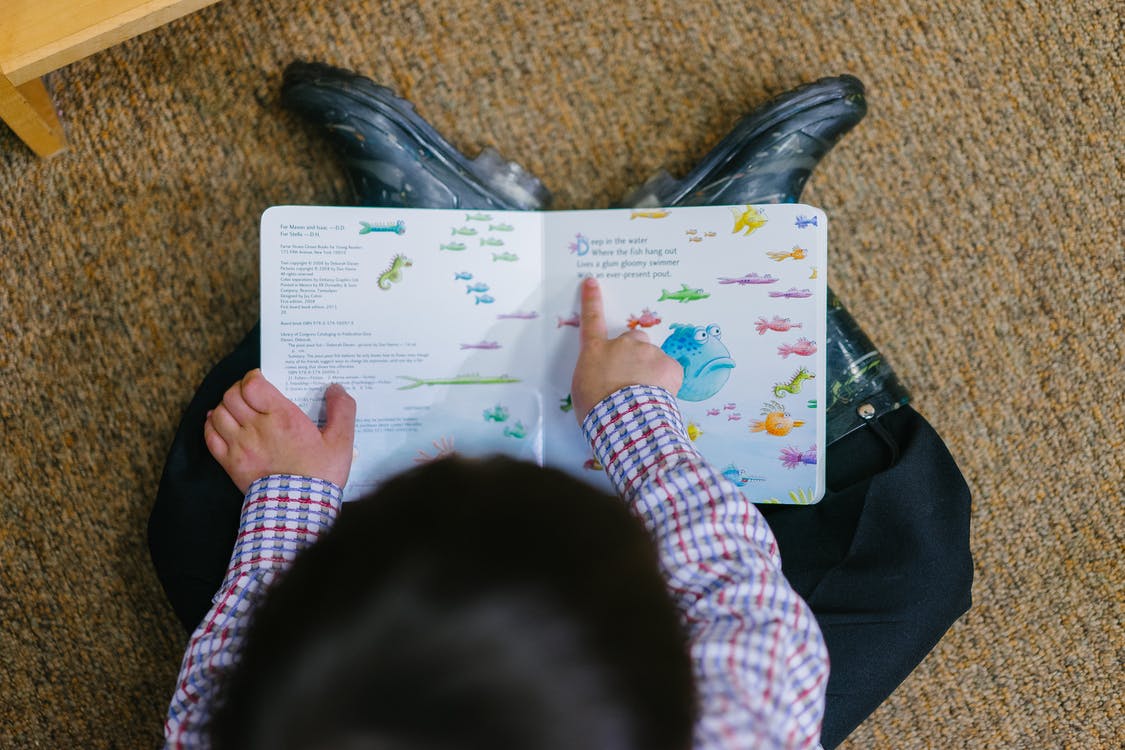
Do you want to give your child the best education possible? If so, you should consider sending them on an adventure learning trip. These types of trips offer many benefits that can’t be found in a classroom. From learning about new cultures to developing problem-solving skills, there are plenty of reasons to send your child on an adventure learning trip. This blog post will explore the top nine benefits of embarking on a school trip.
The Many Skills That Can Be Taught Outside the Classroom
Many skills can be learned on an adventure learning trip. For example, students can learn about different cultures, how to navigate in unfamiliar surroundings, and how to problem-solve in challenging situations. There are plenty of reasons to send your child on an adventure learning trip. In this blog post, we will explore the top nine benefits of embarking on a school trip:
- Adventure learning trips offer students the opportunity to learn about different cultures.
- Students who go on adventure learning trips have the chance to meet new people worldwide.
- Adventure learning trips allow students to participate in activities they may be otherwise unable to experience.
- Students on adventure learning trips often develop greater independence and self-reliance.
- Adventure learning trips can help students develop problem-solving skills.
- Students on adventure learning trips often return home with stories and experiences they can share with friends and family. For example, they can learn so much about exotic and indigenous animals. They can answer random questions like, what do wallabies eat? And so much more.
- Adventure learning trips provide students with the opportunity to bond with their classmates.
- Adventure learning trips can help students better understand the world around them.
- Adventure learning trips are an excellent way for children to learn outside the traditional classroom setting.
So if you’re looking for an educational experience to boost your child’s education, consider sending them on an adventure learning trip.
Adventure Learning: Definition
Have you ever gone on an adventure? An adventure is defined as an unusual or exciting experience. It can be as simple as exploring a new city or hiking in the woods.
Adventure learning is experiential learning that takes place outside of the classroom. Adventure learning activities include anything from camping and canoeing to rock climbing and white-water rafting.
How to Encourage a Love of Learning in Your Child
One of the best ways to encourage a love of learning in your child is to model it yourself. Let them see you reading, writing, and exploring new things. You should also provide them opportunities to try new things and learn about the world around them. Finally, be sure to praise their efforts and celebrate their successes. This will help them to see that learning can be both fun and rewarding.
Embarking on an adventure is one of the best ways to boost your child’s education. These experiences can offer a wealth of benefits, from fostering a love of learning to teach valuable skills that will help them in their future endeavors.


















